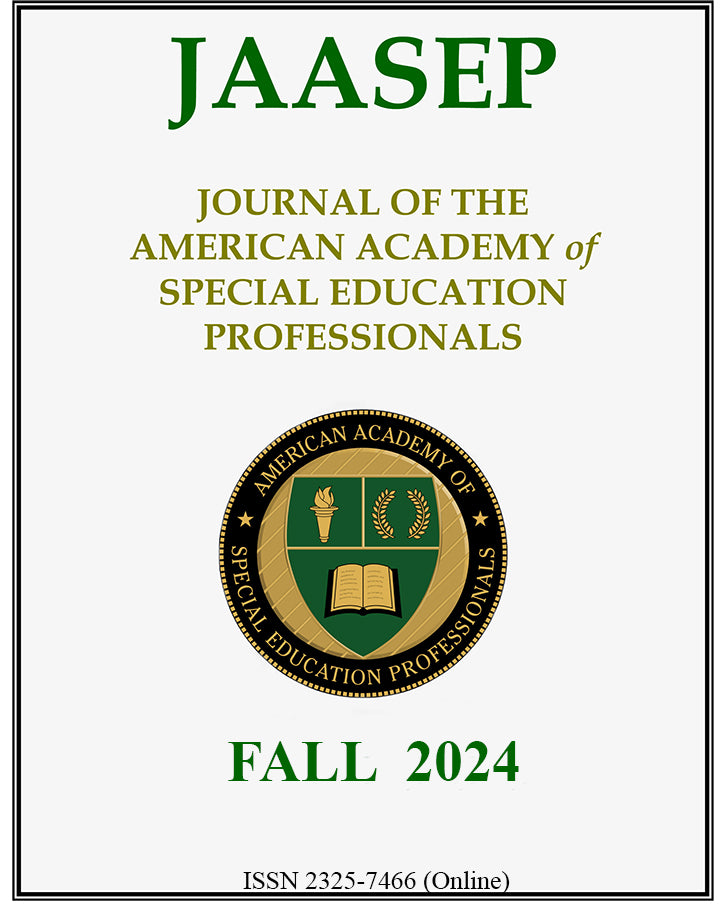NASET
Culturally and Linguistically Responsive Teaching: A Literature Review
Culturally and Linguistically Responsive Teaching: A Literature Review
Couldn't load pickup availability
Abstract Over 200,000 individuals are studying to be educators in the United States in higher education programs, generally aimed at preparing educators to instruct monolingual, middle-class students (Cochran-Smith et al., 2020; Zhang-Wu, 2021). Coincidentally, in the last 30 years, the United States school system has experienced an 80% increase in students from culturally and linguistically diverse (CLD) backgrounds as English Language Learners (ELL), representing 10% of school enrollment or roughly 5 million students (Faltis & Valdés, 2016; Zhang-Wu, 2021). Despite this growth in student diversity, new educators are unprepared to teach the increasing CLD population (Zhang-Wu, 2021). The existing literature on CLD instruction can be divided into three themes: (a) perception of teaching ELLs, (b) preparation and motivation of educators to teach culturally diverse linguistic students (CLDS), and (c) acceptance of multi-linguistic education. Thus, the researchers sought to conduct a literature review evaluating studies that investigated the effects of educators’ perception, preparation and motivation, and acceptance on the academic outcomes of students from CLD backgrounds. Keywords: Culturally-Linguistically Diverse Backgrounds, Perceptions, Preparation, Motivation, Diversity Acceptance, Culturally Responsive Teaching, Diversity, and English language learners.


